Creative freedom may require no aligning of objects on a slide geometrically. Indeed, you may want everything placed in an organic, non-aligned manner. Ultimately, the decision to align can differ on a case-by-case basis. Sometimes, alignment works, and at other times, an unaligned bunch of shapes looks perfectly natural and organic, as you can see in the two different examples shown in Figure 1, below.

Figure 1: Alignment works great many times, but is better not done at other times
Look closely again at Figure 1, and you'll tend to agree that the bunch of circles on the right seems to follow a natural S curve and aligning them all in the same straight line would not benefit at all. On the other hand, the bunch of rounded rectangles on the left certainly benefits from being aligned in a straight line.
Also, remember that alignment works with more than just shapes, and you can also combine shapes with other slide objects and align them all together. For the times when need shapes to be arranged in a straight line.
Follow these steps to align shapes and other slide objects in PowerPoint 2011 for Mac:
- Open your presentation in PowerPoint, and navigate to the slide which contains shapes to be aligned, and Select all shapes that you want to align.
- Access the Home tab of the Ribbon, and click the Arrange button. You'll find Align or Distribute option in the resultant gallery. Clicking this option brings up another sub-gallery with options to align the selected shapes, as shown in Figure 2, below.

Figure 2: Align options within the Align or Distribute sub-gallery
Align Selected Objects?
- Before you begin aligning shapes, make sure the Align Selected Objects option is activated within the Align or Distribute sub-menu, as shown in Figure 2, above.
- The Align or Distribute sub-menu provides six options to align the shapes, as shown highlighted in red within Figure 2, above:
- The Align Left, Align Center, and Align Right options work well with shapes and slide objects that are to be aligned vertically on the slide, as shown in Figure 3, below.

Figure 3: Unaligned shapes selected for vertical alignment on the slide- The Align Left, Align Center, and Align Right options work as explained below:
Align Left
- The left-most shape within the selection determines the left point for alignment of all shapes, as shown in Figure 4, below.

Figure 4: Shapes aligned to leftAlign Center
- This Align Center option calculates the center of all the objects by determining the left-most and right-most points, and then determining the center position for selected shapes, as shown in Figure 5, below.
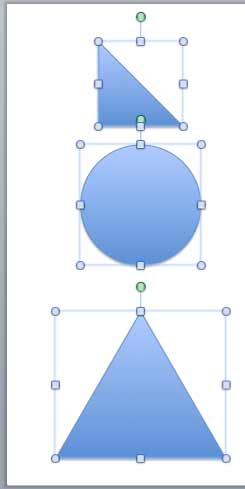
Figure 5: Shapes aligned to centerAlign Right
- The right-most shape within the selection determines the right point for alignment of all shapes, as shown in Figure 6, below.
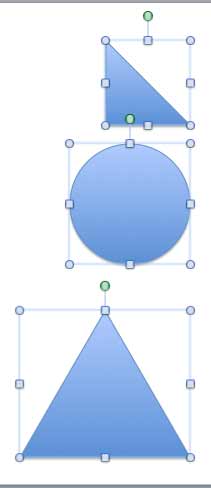
Figure 6: Shapes aligned to right- The Align Top, Align Middle, and Align Bottom options are suitable for selected shapes and other slide objects, which are to be aligned horizontally on the slide, as shown in Figure 7, below.
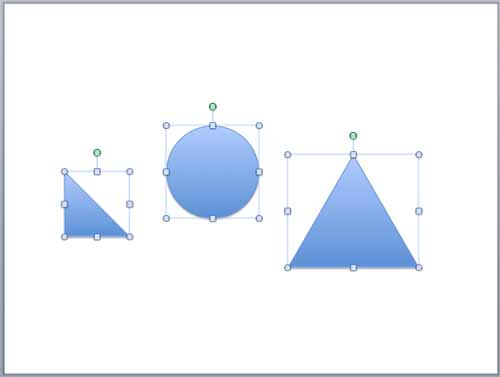
Figure 7: Unaligned shapes selected for horizontal alignment on the slide- The Align Top, Align Middle, and Align Bottom options work as explained below:
Align Top
- The top-most shape within the selection determines the top point for alignment of all shapes, as shown in Figure 8, below.
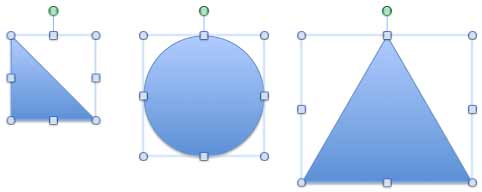
Figure 8: Shapes aligned to topAlign Middle
- This Align Middle option calculates the middle of all objects by determining the top-most and bottom-most points, and then determining the middle between those end points. This command will align all shapes horizontally along their middles, as shown in Figure 9, below.
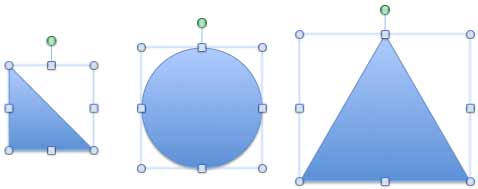
Figure 9: Shapes aligned to middleAlign Bottom
- The bottom-most shape within the selection determines the bottom point for alignment of all shapes, as shown in Figure 10, below.
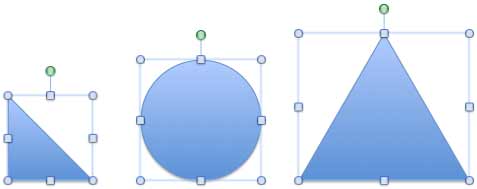
Figure 10: Shapes aligned to bottom- Don't forget to save your presentation often.













